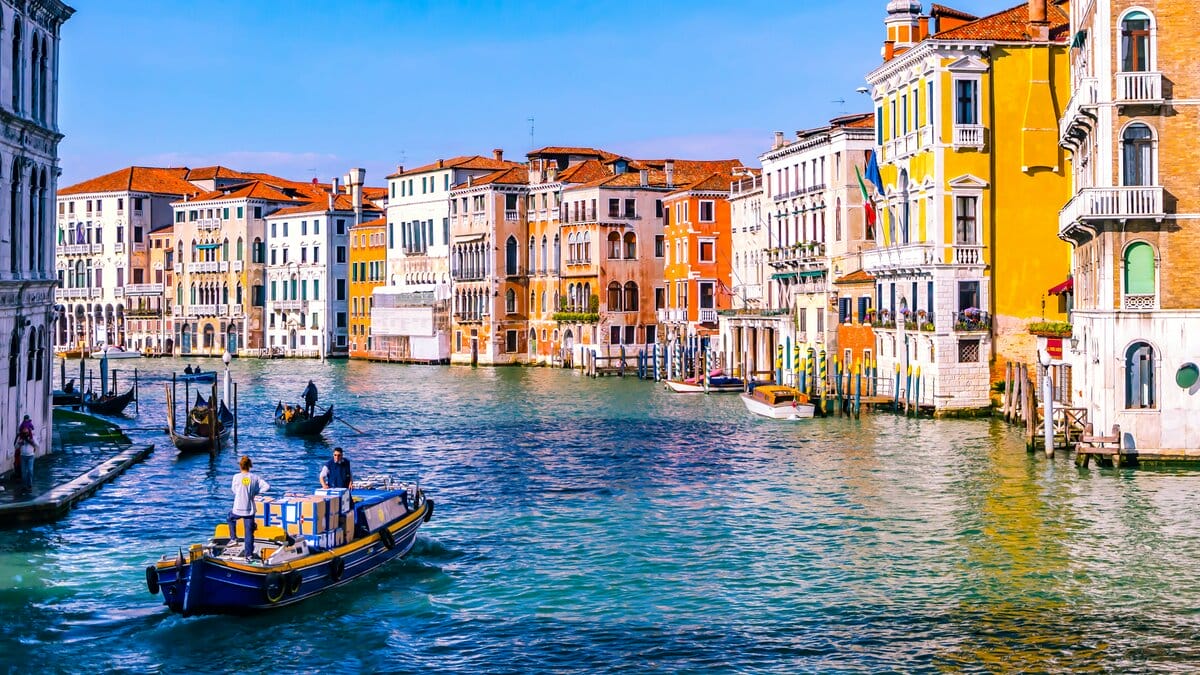
Embarking on a Grand Odyssey: An In-Depth Exploration of the Venice Biennale
March 13, 2024
Nestled within the mesmerizing backdrop of Venice, Italy, the Venice Biennale emerges as an unparalleled celebration of contemporary art, architecture, cinema, dance, music, and theater.
Every two years, this extraordinary event transforms the historic city into a vibrant hub of creativity and cultural exchange, drawing artists, curators, collectors, and art enthusiasts from around the world.
In this comprehensive guide, we embark on an extensive journey through the multifaceted landscape of the Venice Biennale, delving into its rich history, the diverse array of participating artists, the prestigious awards and accolades, and the myriad of Venice Tours and cultural offerings that animate the city during this spectacular event.
Table of Contents
ToggleA brief history of the Venice Biennale
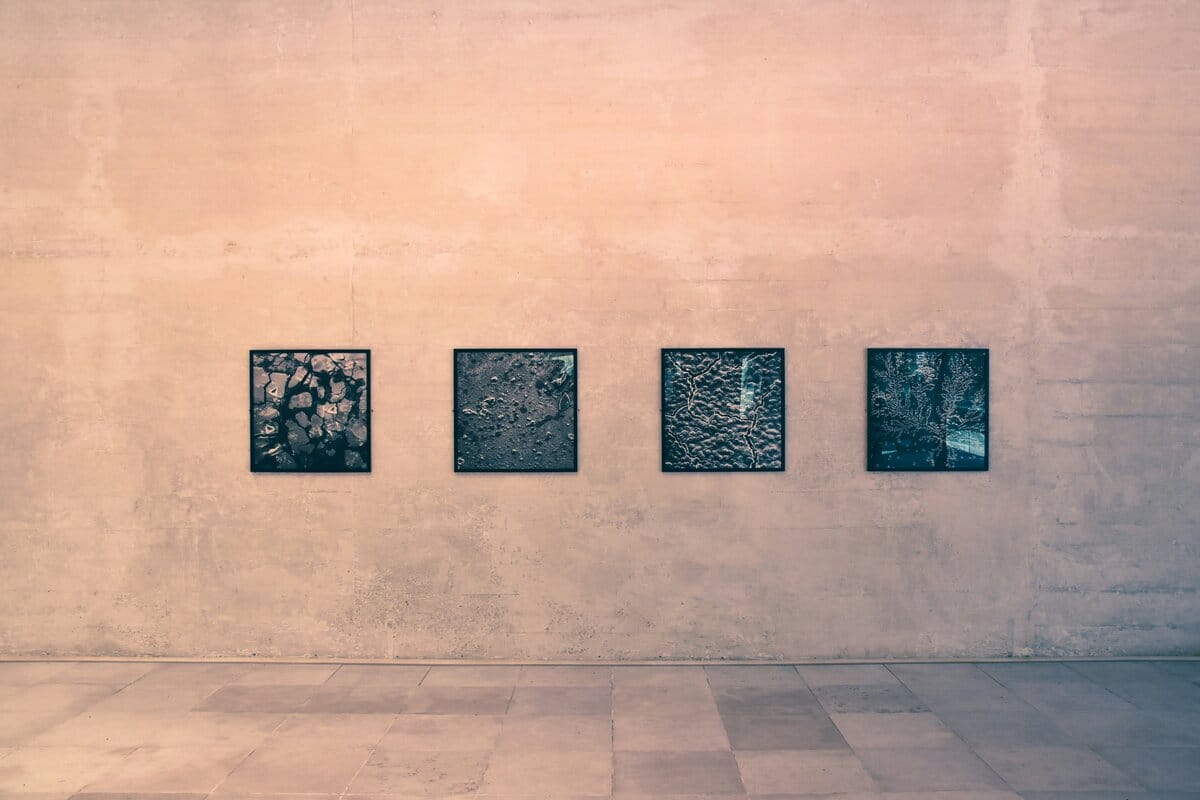
The Venice Biennale dates back more than 120 years and is now a huge event with more than 90 nations represented. Photo credit: Leonardo Yip
The origins of the Venice Biennale can be traced back to the late 19th century when the first International Art Exhibition was inaugurated in 1895. Conceived as a platform to showcase contemporary art from around the world, the Biennale quickly garnered international acclaim, attracting artists, critics, and patrons eager to participate in this burgeoning cultural phenomenon.
Over the decades, the Venice Biennale evolved in response to shifting artistic currents and geopolitical dynamics, navigating periods of upheaval and transformation with resilience and adaptability.
In the early 20th century, the Biennale expanded its scope to include pavilions dedicated to national representations, providing participating countries with a platform to showcase their cultural heritage and artistic achievements. This decentralized model, which continues to this day, transformed the Biennale into a global forum for cultural exchange, fostering dialogue and collaboration among nations.
Throughout its storied history, the Biennale has weathered moments of controversy and critique, confronting issues of national identity, artistic authenticity, and cultural hegemony.
Yet, amidst these challenges, the Biennale has remained steadfast in its commitment to championing artistic innovation and fostering cross-cultural understanding, cementing its status as a preeminent platform for contemporary art and culture.
The diversity of participating artists
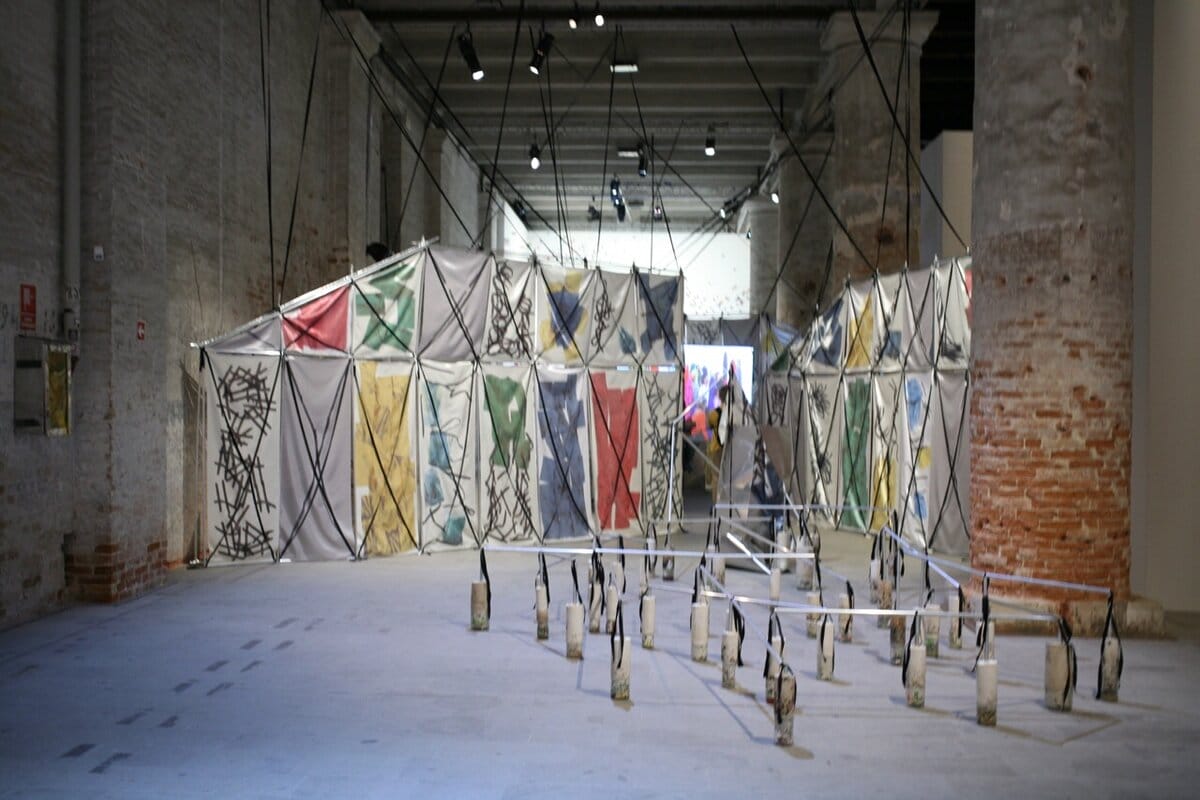
A whole range of artists, from household names to emerging talents, attend the Venice Biennale. Photo credit: Davide Costanzo
At the heart of the Venice Biennale lies its diverse array of participating artists, whose works span a wide spectrum of styles, mediums, and perspectives. From established masters to emerging talents, the Biennale offers a platform for creators of all backgrounds to showcase their artistic visions and engage in dialogue with their peers and the public.
Visual artists, sculptors, photographers, and installation artists converge in Venice to present their latest creations, pushing the boundaries of artistic expression and challenging conventional notions of beauty and truth.
Architects and urban planners envision bold new visions for the built environment, reimagining the cities of tomorrow through innovative design and sustainable practices.
Filmmakers, musicians, choreographers, and performers captivate audiences with their evocative storytelling and mesmerizing performances, transcending linguistic and cultural barriers to touch hearts and minds.
What unites these diverse practitioners is a shared commitment to creativity, experimentation, and social engagement, reflecting the vibrant tapestry of human experience and imagination. Through their works, they invite viewers, perhaps who have taken a walking tour of Venice, to contemplate the complexities of the world around them, sparking dialogue, reflection, and empathy.
Exploring cultural diplomacy: National pavilions at the Venice Biennale
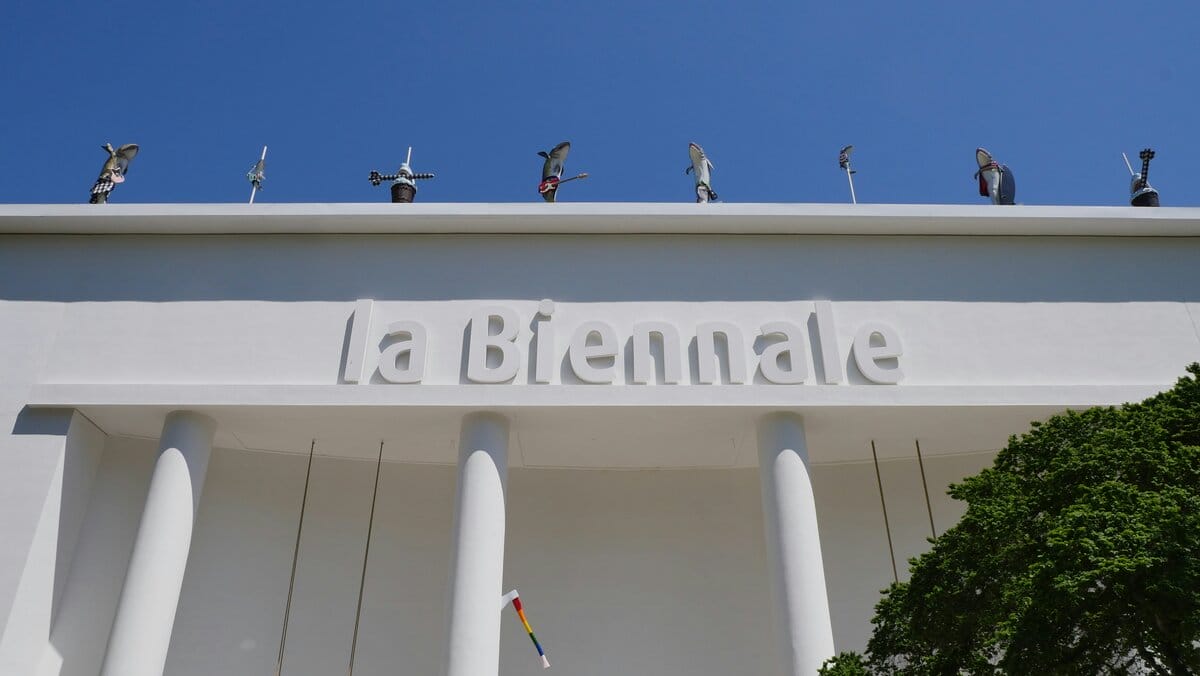
The national pavilions add a rich cultural diversity to the Venice Biennale. Photo credit: Jens Schwan
One of the most captivating aspects of the Venice Biennale is the presence of national pavilions, each offering a unique window into the artistic and cultural landscape of its respective country.
These pavilions serve as platforms for nations to showcase their cultural heritage, artistic achievements, and contemporary perspectives to a global audience. As visitors wander through the labyrinthine pathways of the Biennale, they encounter a kaleidoscope of national pavilions, each beckoning with its own distinct identity and narrative.
To give just an example of what visitors can expect, these are just some of the more than 90 national pavilions:
Italy: The heart of the Biennale
At the heart of the Venice Biennale lies the Italian Pavilion, a symbol of the host country’s enduring commitment to the arts. Nestled amidst the verdant gardens of the Giardini della Biennale, the Italian Pavilion showcases the work of leading Italian artists, architects, and designers, offering visitors a glimpse into the rich tapestry of Italy’s cultural heritage and contemporary creative expression.
From Renaissance masterpieces to cutting-edge contemporary installations, the Italian Pavilion embodies the spirit of innovation and tradition that defines the Italian artistic landscape.
United States: A showcase of diversity
The United States Pavilion stands as a testament to the country’s vibrant cultural mosaic, showcasing the work of American artists from diverse backgrounds and disciplines.
Located in the historic Giardini della Biennale, the pavilion offers visitors a dynamic array of exhibitions, performances, and events that reflect the breadth and depth of artistic innovation in the United States.
From multimedia installations to provocative conceptual art, the U.S. Pavilion sparks dialogue and debate, inviting visitors to explore the complexities of American identity and experience.
France: Tradition meets modernity
The French Pavilion combines timeless elegance with cutting-edge contemporary art. Showcasing the work of French artists, architects, and designers, the pavilion offers visitors a curated selection of exhibitions and installations that explore the intersection of tradition and modernity in French culture.
From classical sculpture to avant-garde multimedia installations, the French Pavilion embodies the spirit of innovation and experimentation that defines the French artistic tradition.
Germany: A legacy of innovation
The German Pavilion stands as a beacon of artistic innovation and experimentation, showcasing the work of leading German artists and thinkers.
The pavilion offers visitors a diverse array of exhibitions, performances, and events that reflect the dynamic and ever-evolving nature of German culture. From groundbreaking contemporary art to thought-provoking conceptual installations, the German Pavilion challenges visitors to rethink their assumptions and expand their horizons.
Japan: Tradition and transcendence
The Japanese Pavilion offers visitors a journey into the rich cultural heritage and artistic innovation of Japan.
Showcasing the work of Japanese artists, architects, and designers, the pavilion presents a curated selection of exhibitions and installations that blend traditional craftsmanship with cutting-edge technology.
From Zen-inspired sculptures to interactive multimedia installations, the Japanese Pavilion invites visitors to explore the intersection of tradition and transcendence in Japanese culture.
The prestigious awards and accolades at the Venice Biennale

There are a number of awards up for grabs at he Venice Biennale, including the golden lion award for outstanding contribution. Photo credit: Jeulie Mac
Central to the Venice Biennale is a series of prestigious awards and accolades that recognize excellence and innovation in the arts.
Among the most coveted of these awards is the Golden Lion, awarded to outstanding contributions to the International Art Exhibition. Established in 1938, the Golden Lion is bestowed upon artists, curators, and pavilions that demonstrate exceptional creativity, originality, and impact.
In addition to the Golden Lion, the Biennale awards a range of other prizes and honors across its various disciplines, including the Silver Lion for promising young artists, the Special Jury Prize for groundbreaking projects, and the Golden Lion for Lifetime Achievement for artists whose contributions have had a lasting impact on the field.
These awards not only celebrate individual achievement but also serve to inspire and elevate the broader artistic community, fostering a spirit of excellence and innovation.
Beyond the Biennale: Cultural offerings in Venice
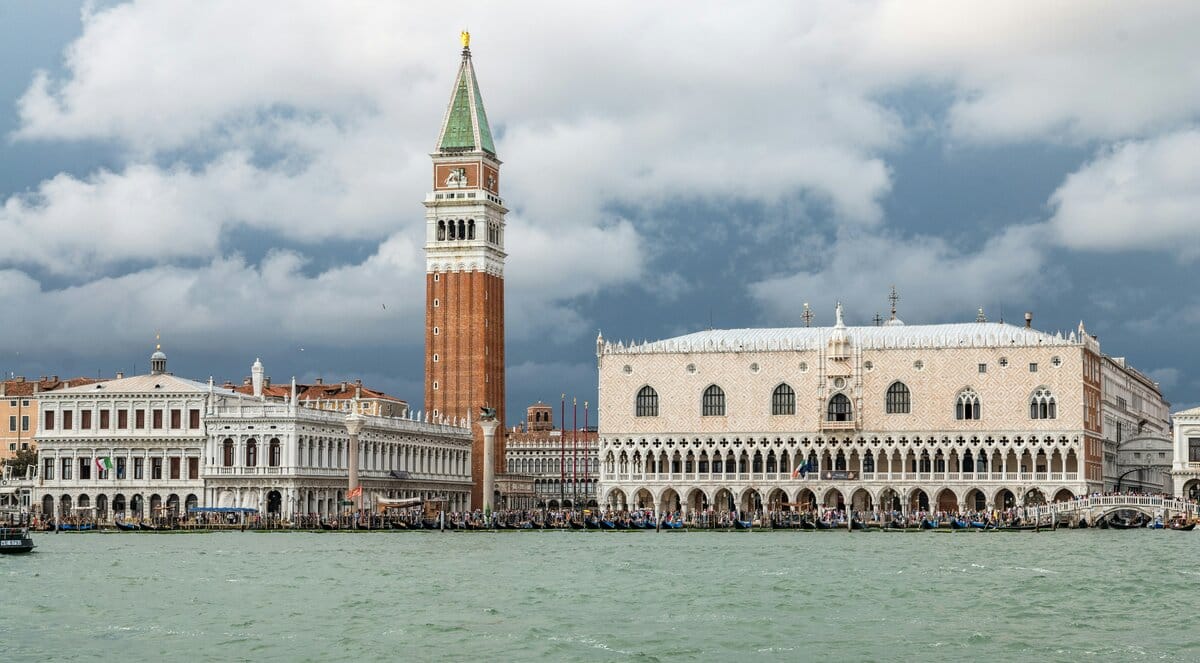
St. Mark’s Basilica and the Doge’s Palace are some of the most iconic places to visit in Venice. Photo credit: AussieActive
While the Venice Biennale takes center stage during its run from April to November, the city of Venice offers a wealth of cultural experiences and attractions for visitors to explore.
From iconic landmarks such as St. Mark’s Basilica and the Doge’s Palace to hidden gems tucked away in the city’s labyrinthine streets, Venice boasts a rich tapestry of art, history, and culinary delights.
During the Biennale, various collateral events, exhibitions, and performances take place across the city, offering visitors an opportunity to immerse themselves in Venetian culture beyond the confines of the Biennale’s main venues.
From pop-up galleries and site-specific installations to film screenings and musical performances, these auxiliary events add depth and dimension to the Biennale experience, inviting visitors to explore the city’s vibrant cultural landscape.
Celebrating the power of art and imagination
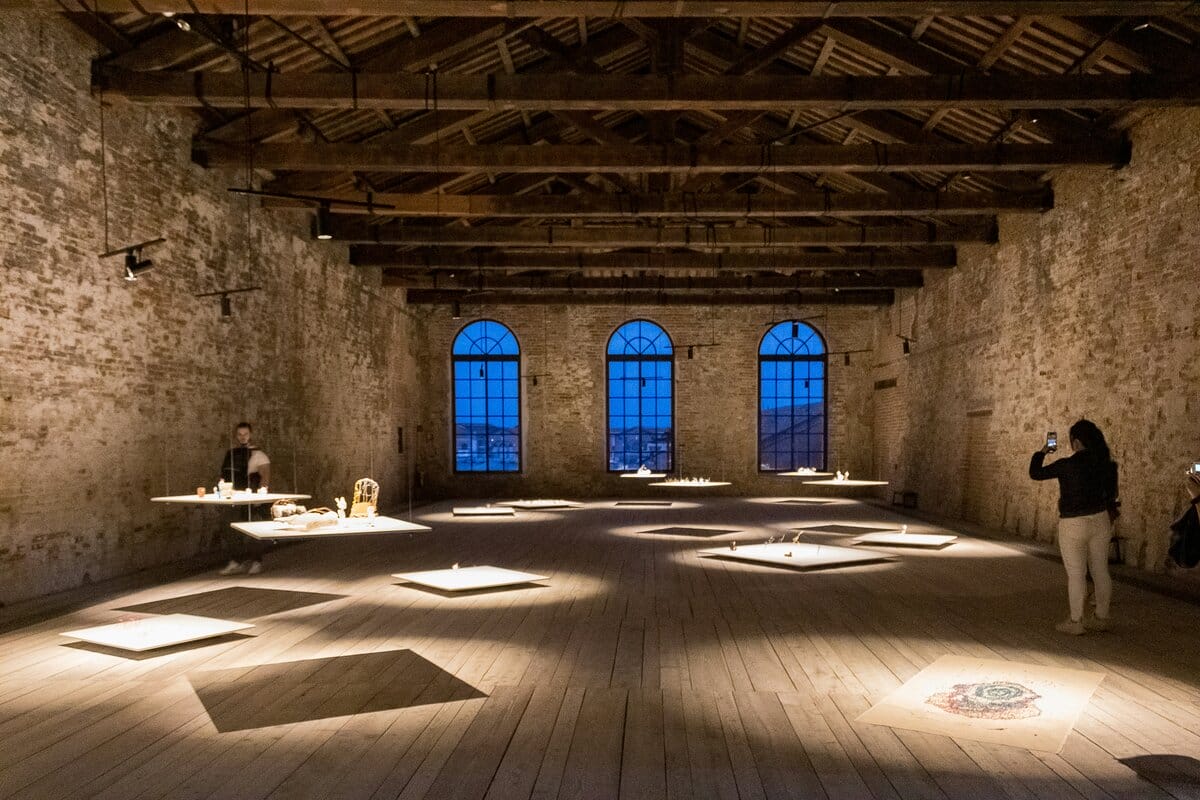
There is something for everyone at the Venice Biennale – art and imagination are at the very core. Photo credit: Rui Alves
The Venice Biennale stands as a testament to the enduring power of art and imagination to transcend boundaries, unite diverse voices, and inspire positive change.
With its rich history, diverse array of participating artists, prestigious awards, and myriad cultural offerings, the Biennale offers a kaleidoscopic journey into the heart of contemporary creativity.
Whether you’re a seasoned art aficionado or a curious traveler seeking inspiration while on a trip to Italy, the Venice Biennale promises an unforgettable odyssey through the boundless possibilities of human expression.
by Elena L.
View more by Elena ›Book a Tour

Pristine Sistine - The Chapel at its Best
€89
1794 reviews

Premium Colosseum Tour with Roman Forum Palatine Hill
€56
850 reviews

Pasta-Making Class: Cook, Dine Drink Wine with a Local Chef
€64
121 reviews

Crypts, Bones Catacombs: Underground Tour of Rome
€69
401 reviews

VIP Doge's Palace Secret Passages Tour
€79
18 reviews

Legendary Venice: St. Mark's Basilica, Terrace Doge's Palace
€69
286 reviews









